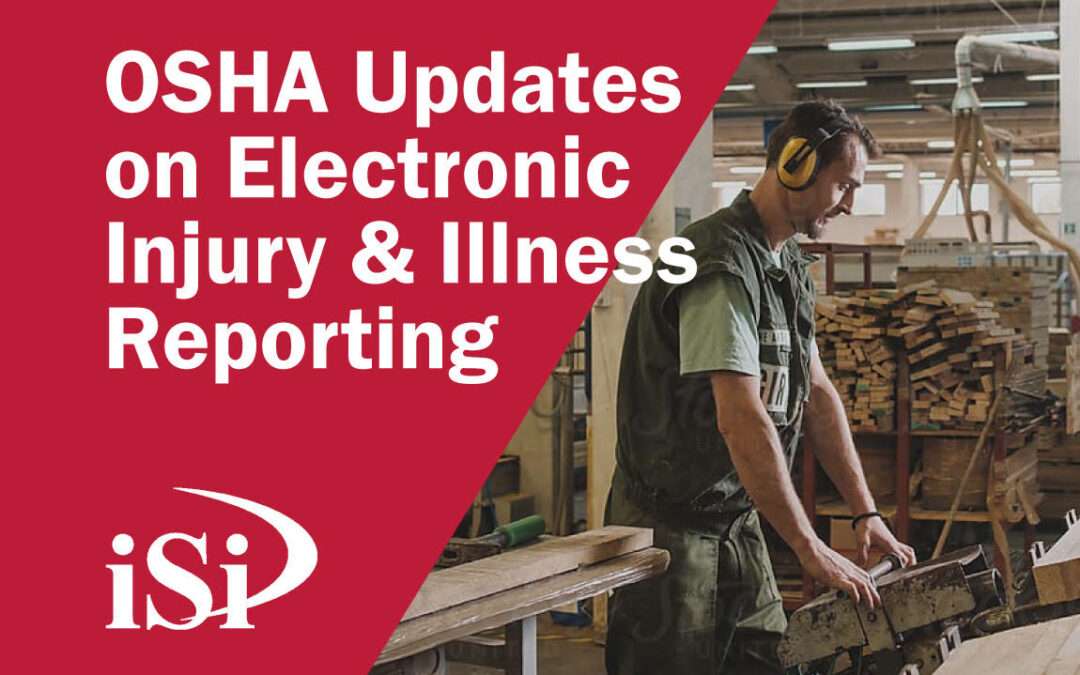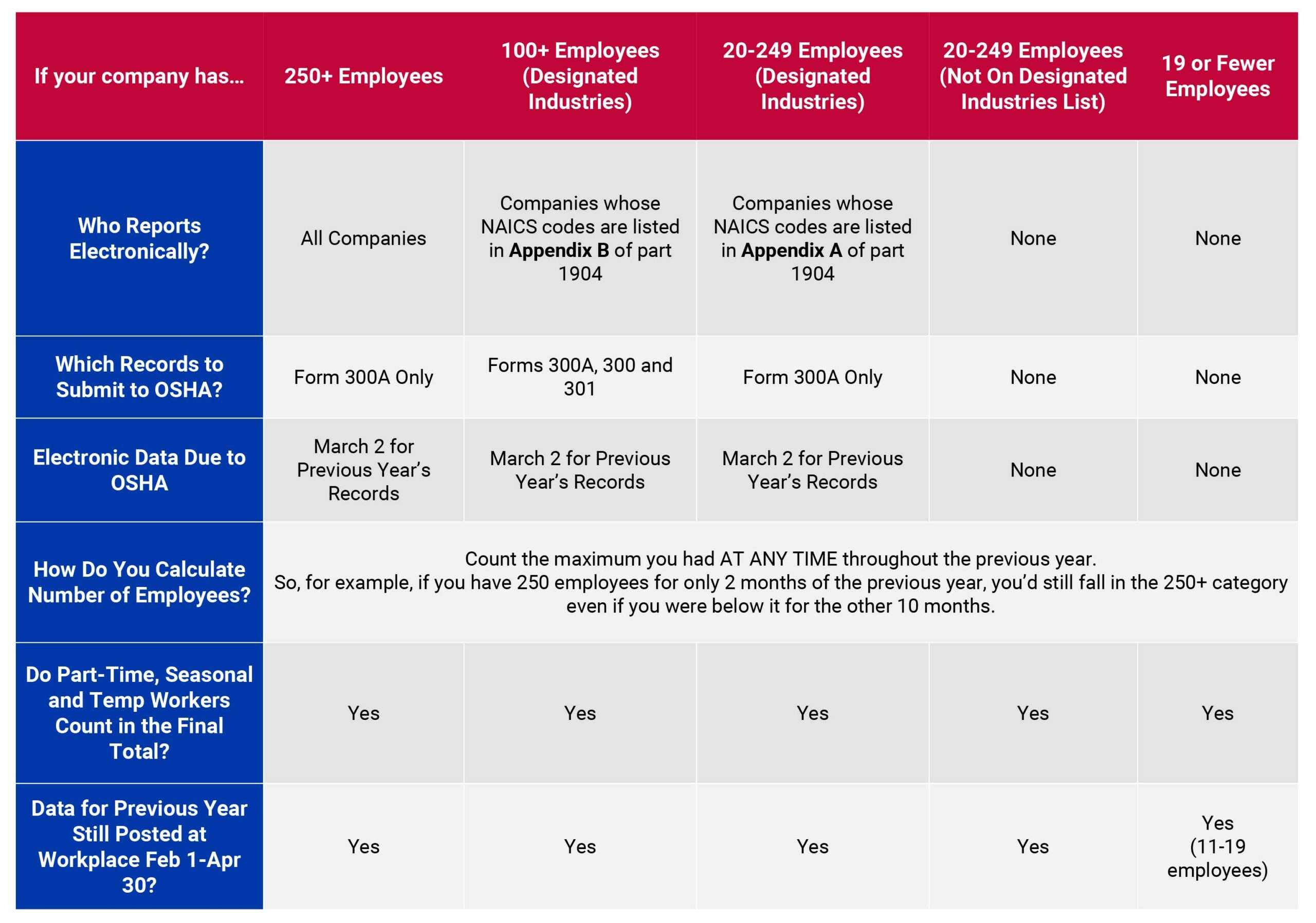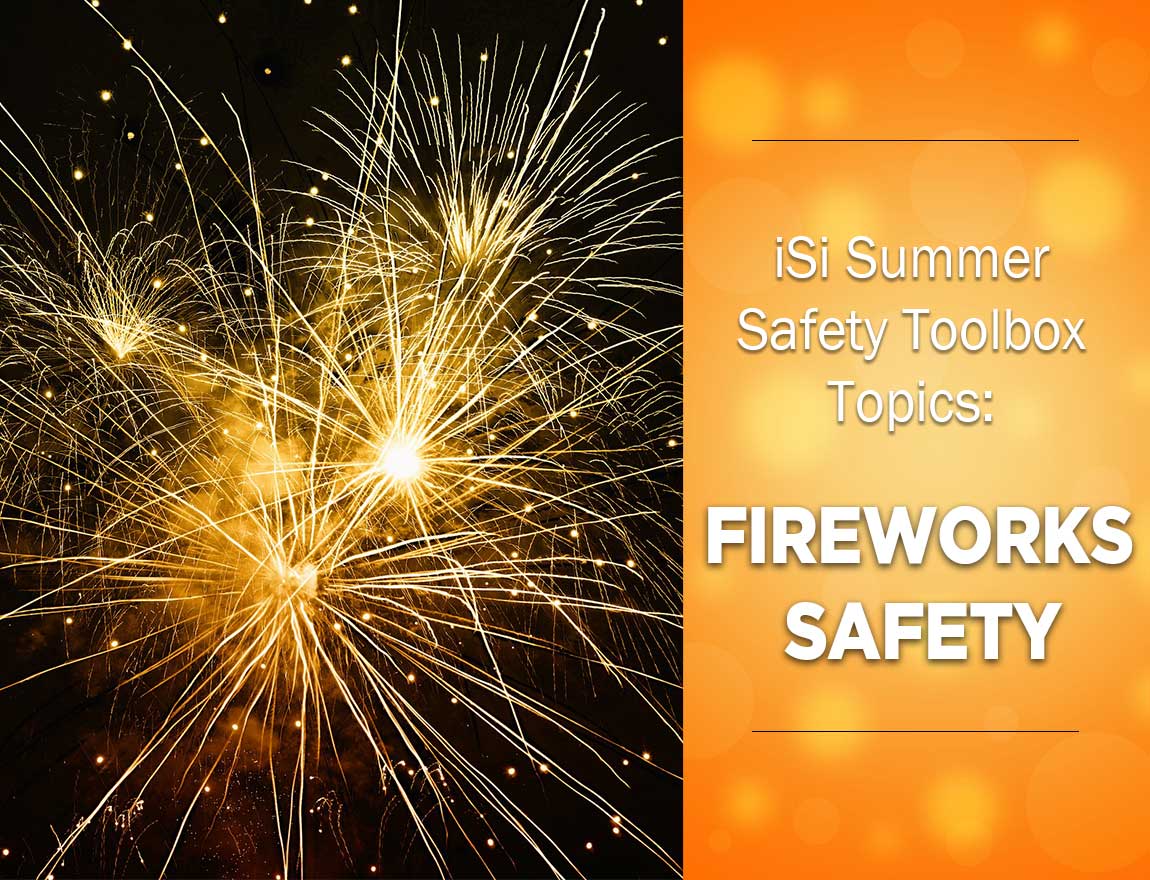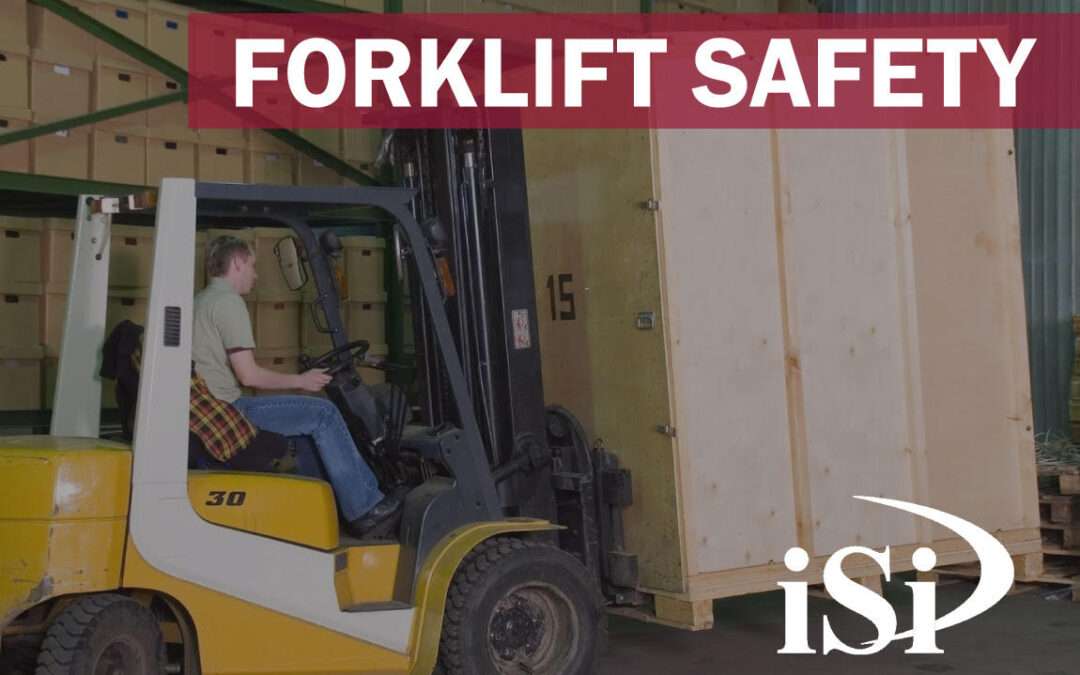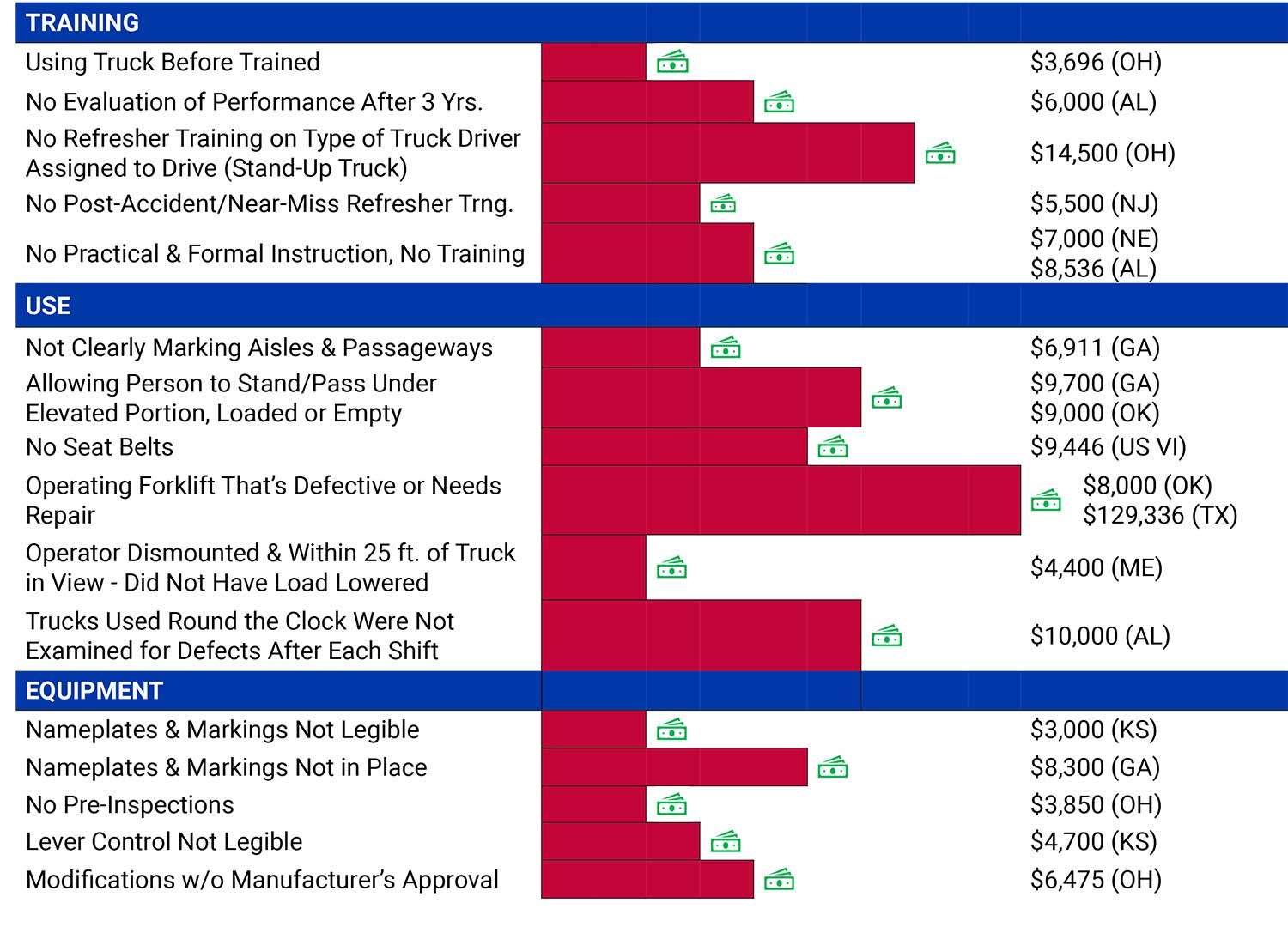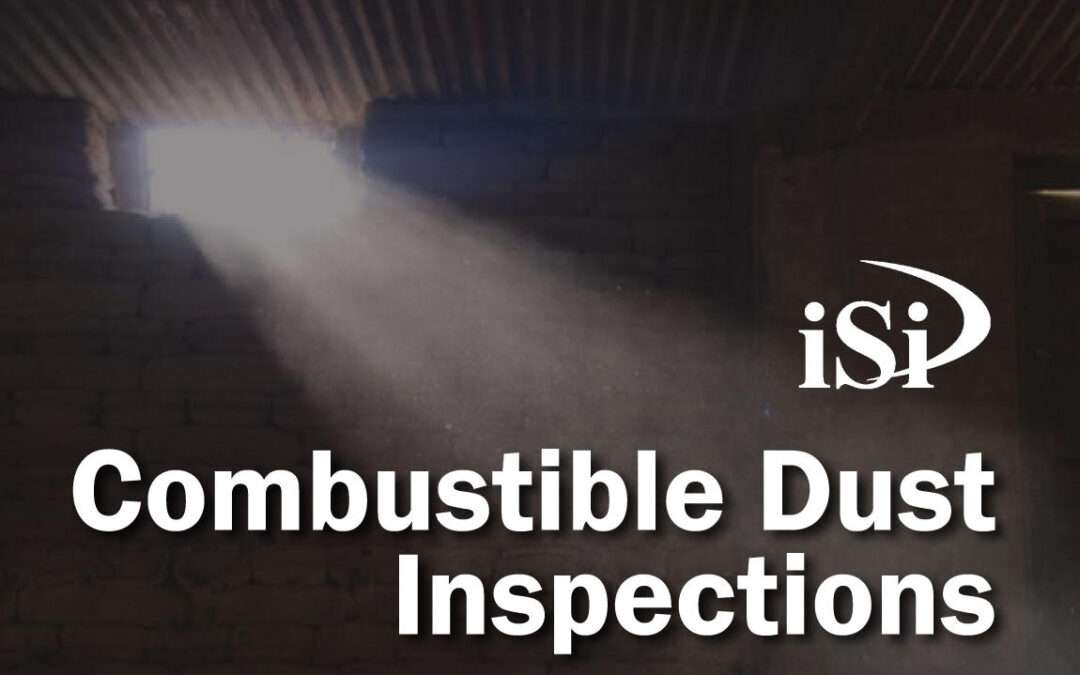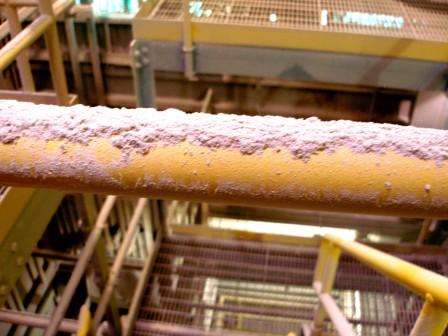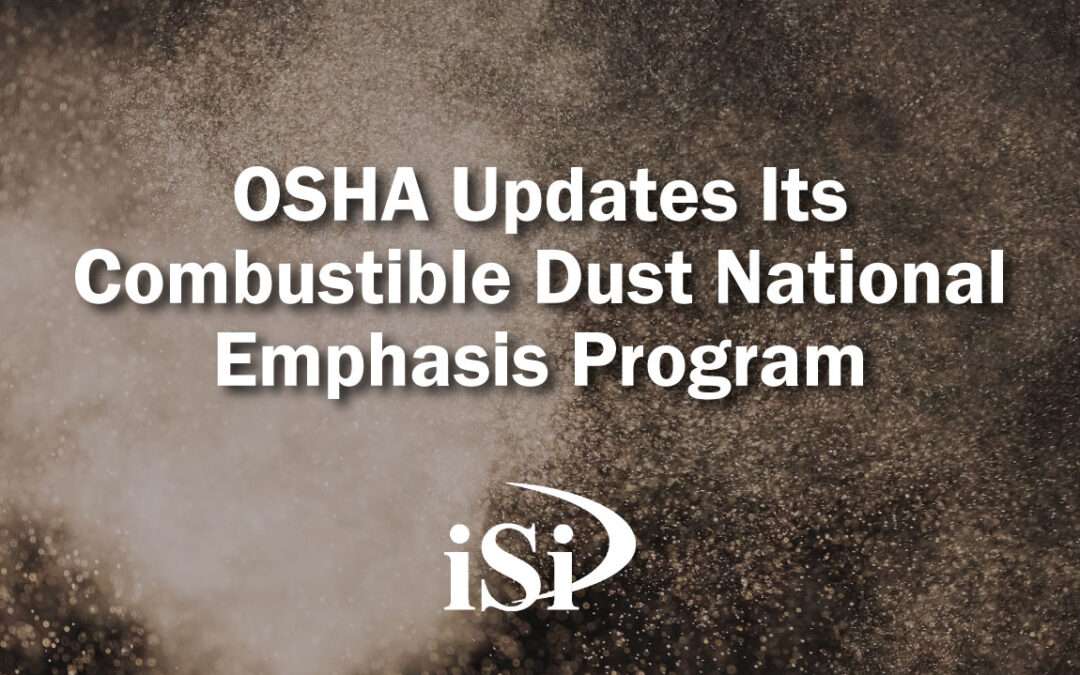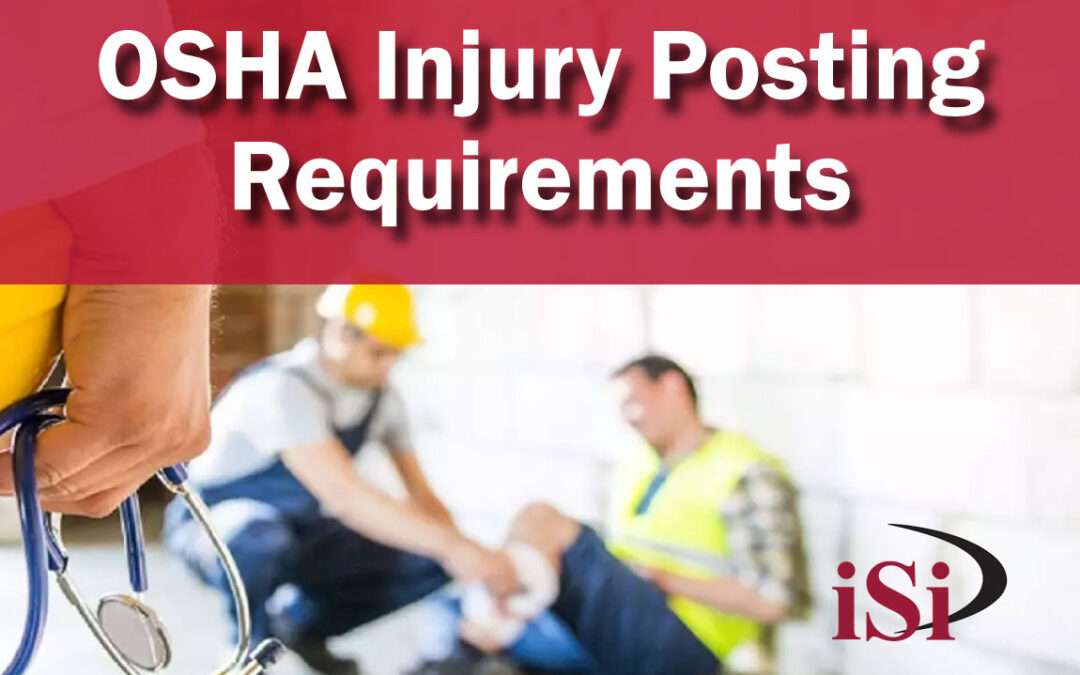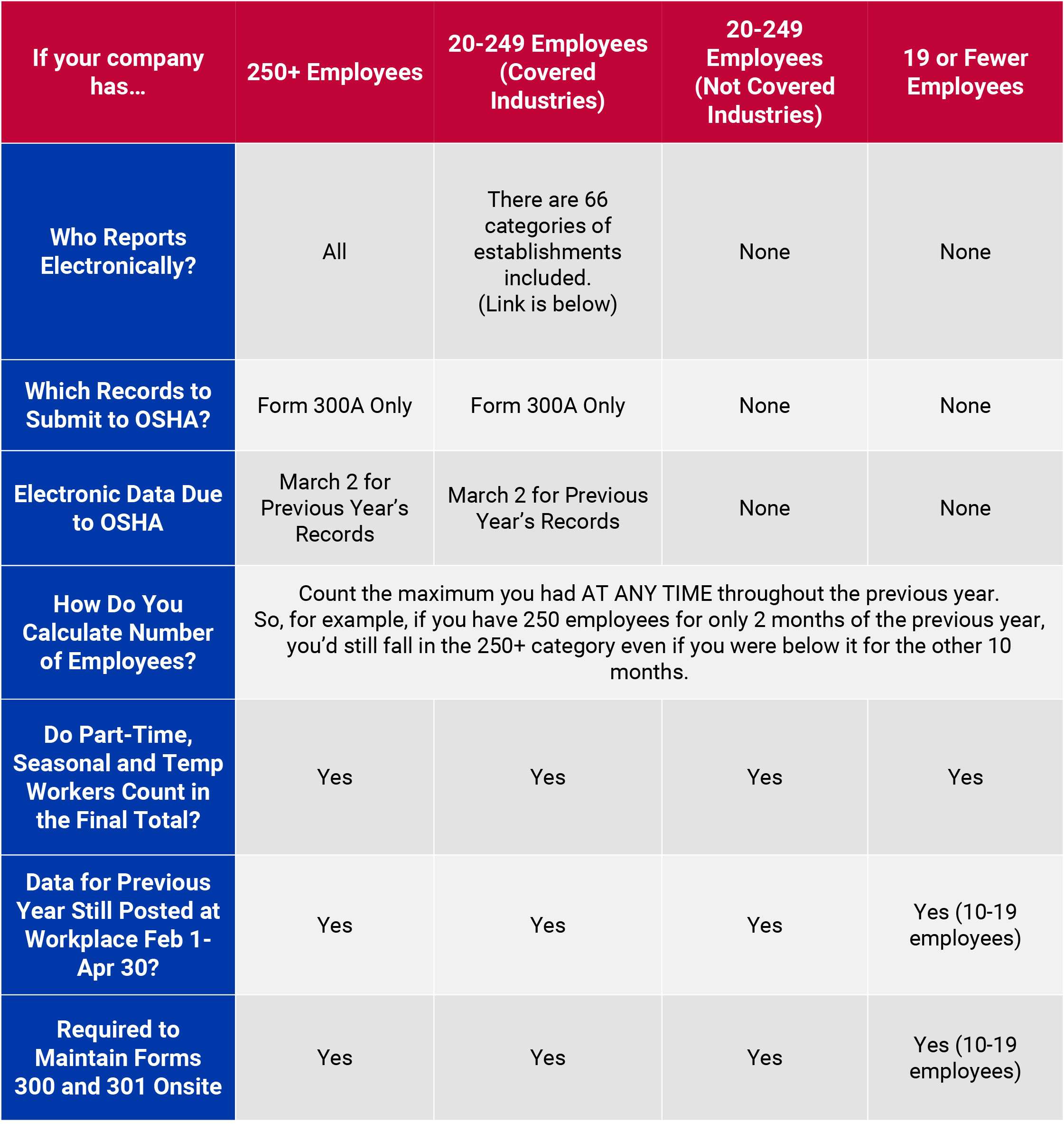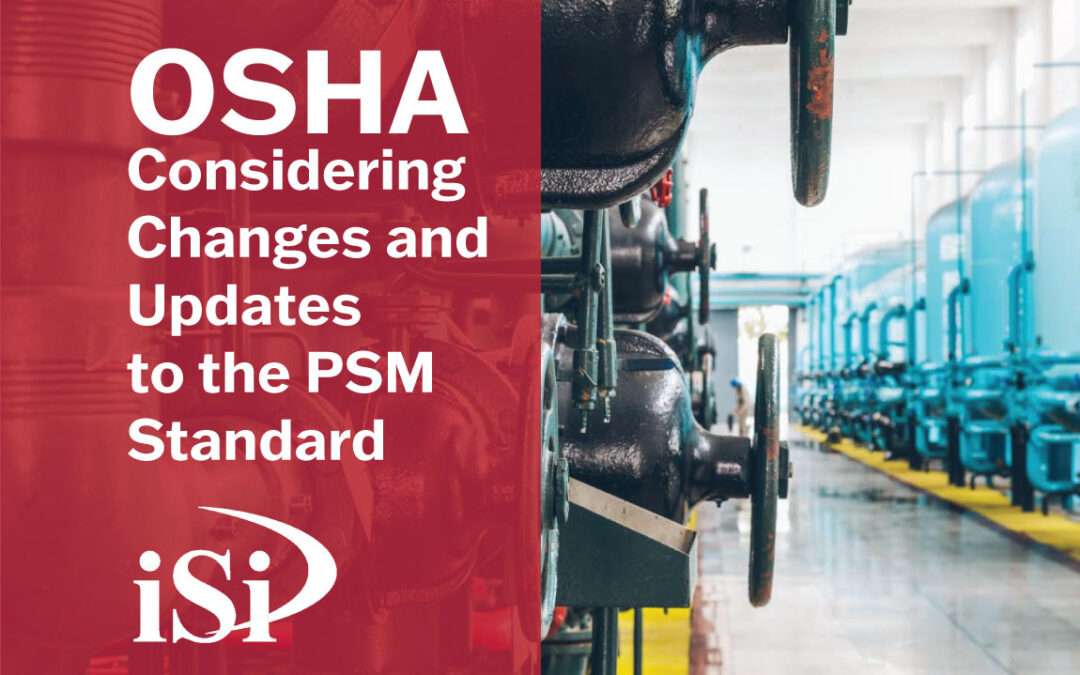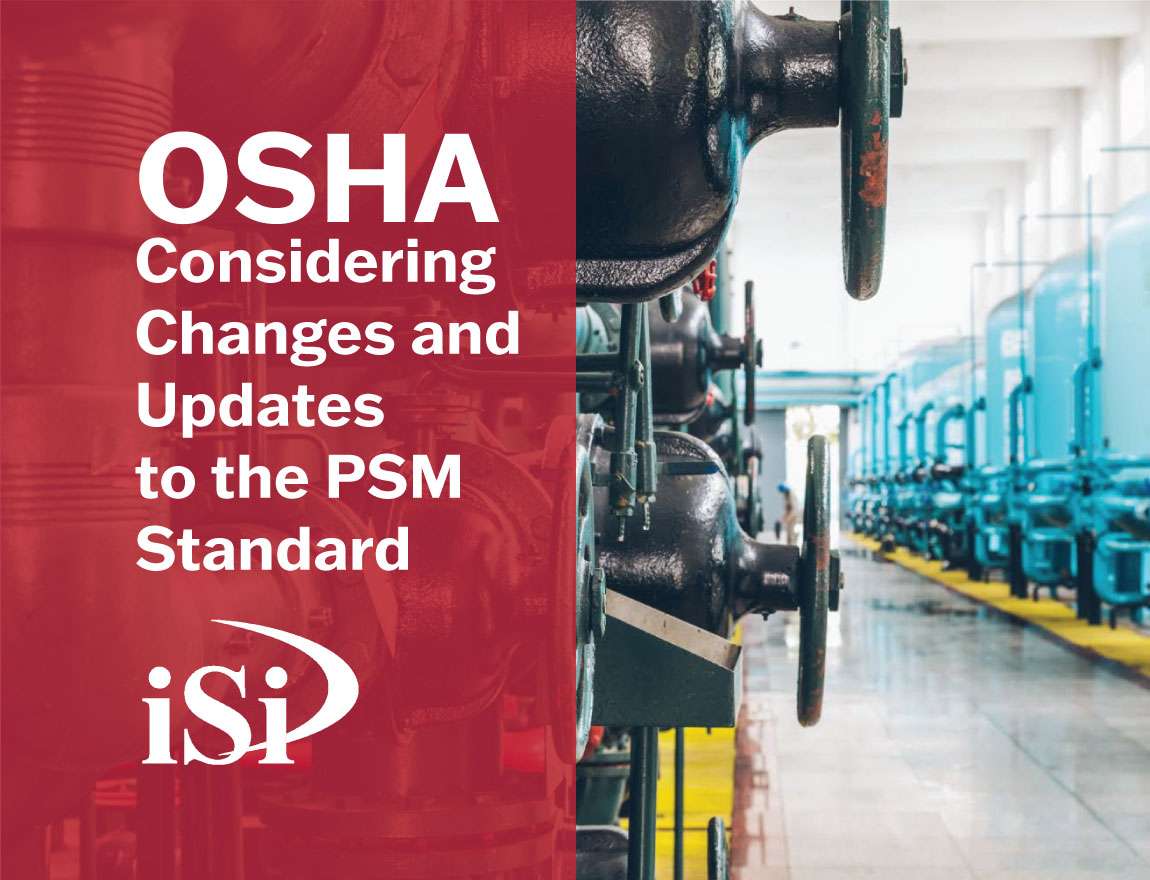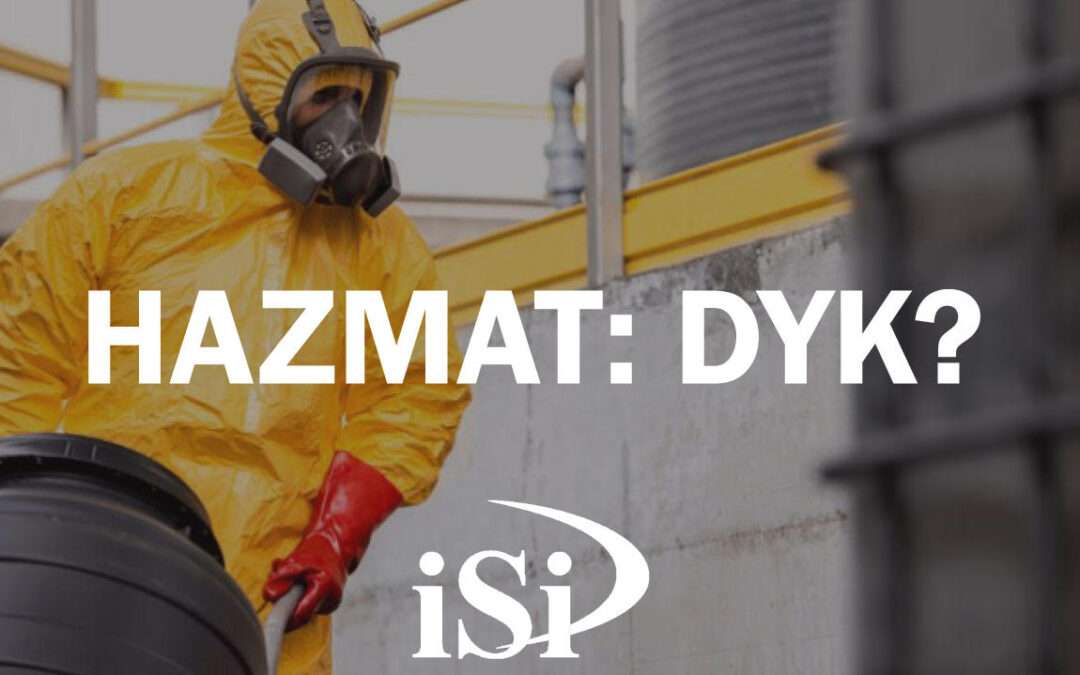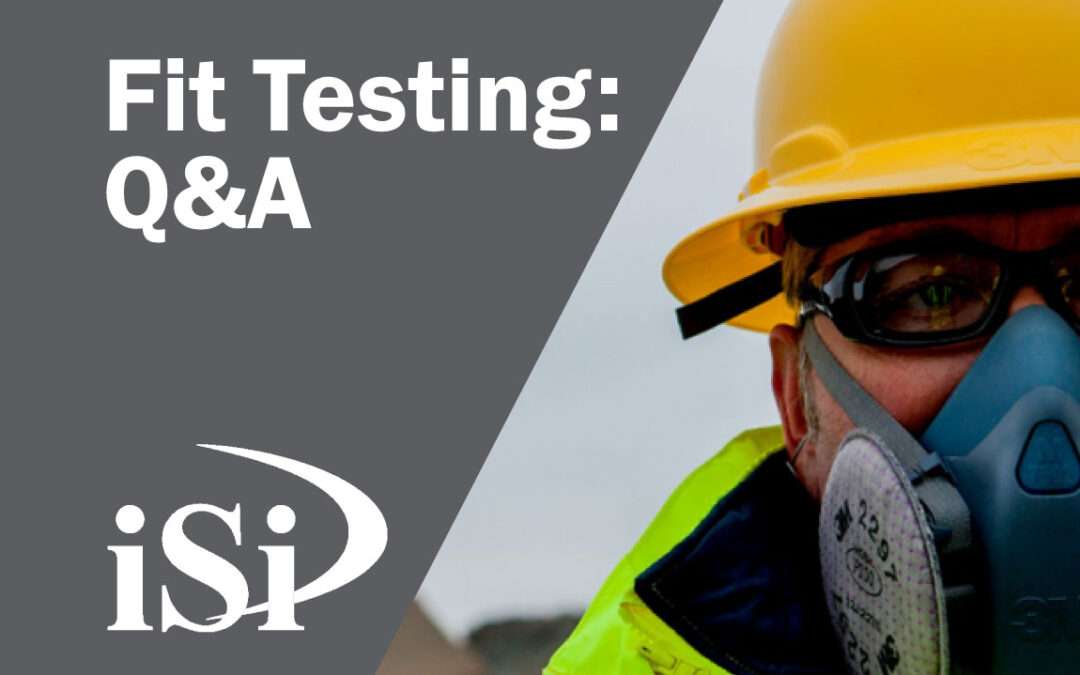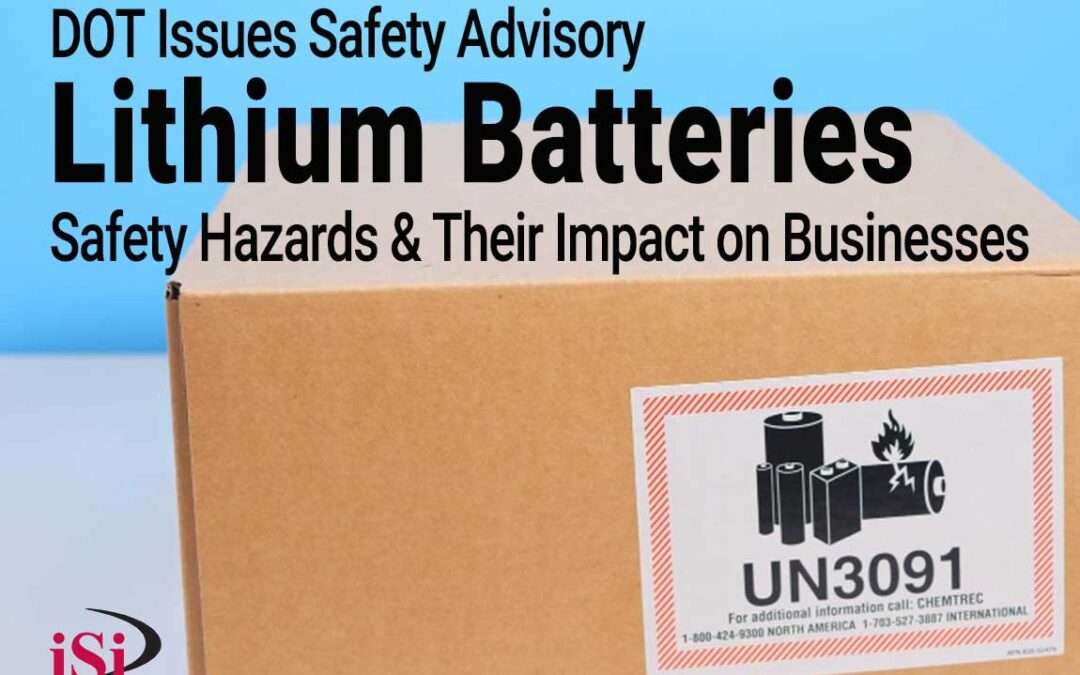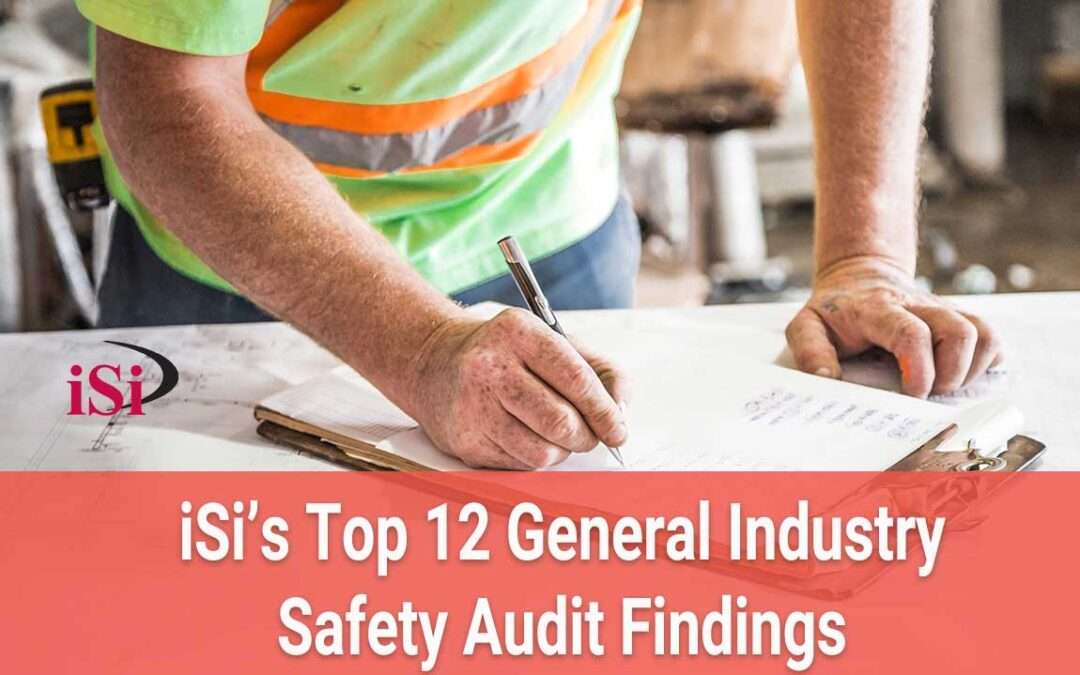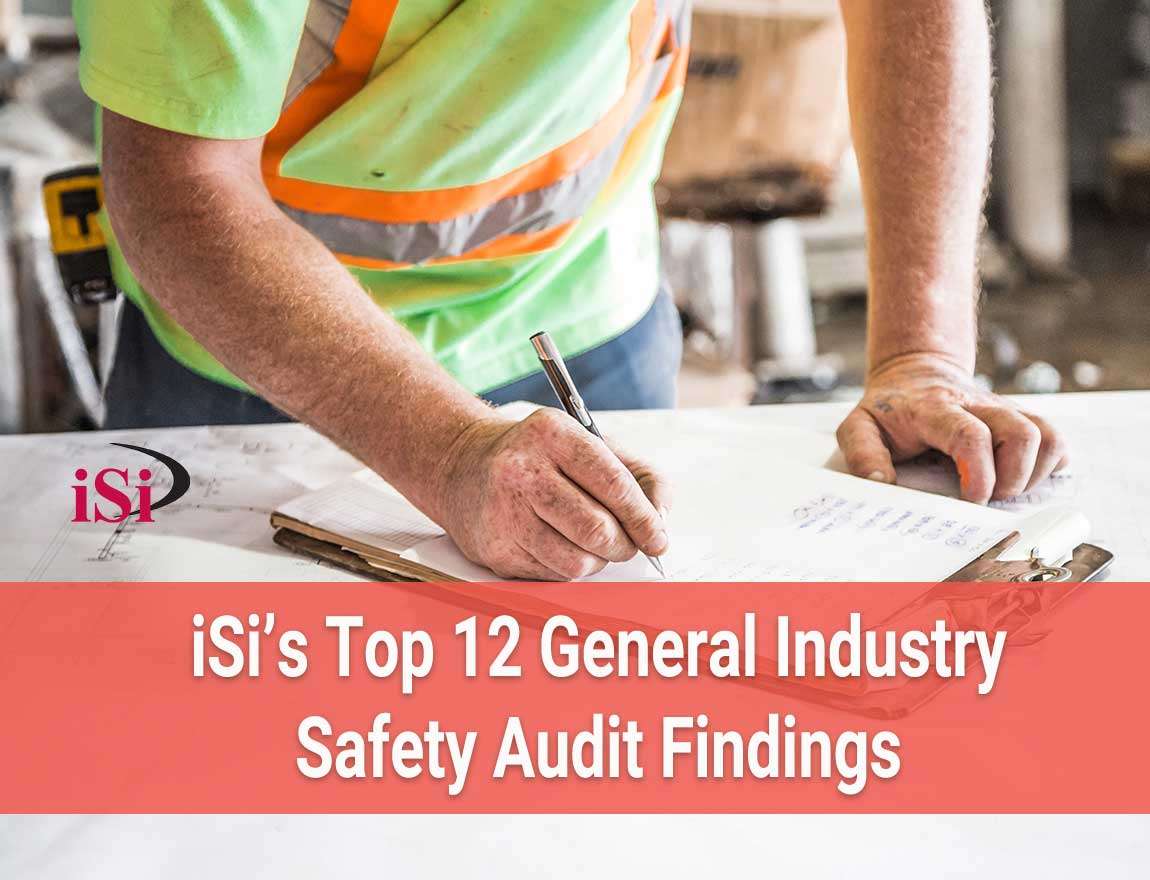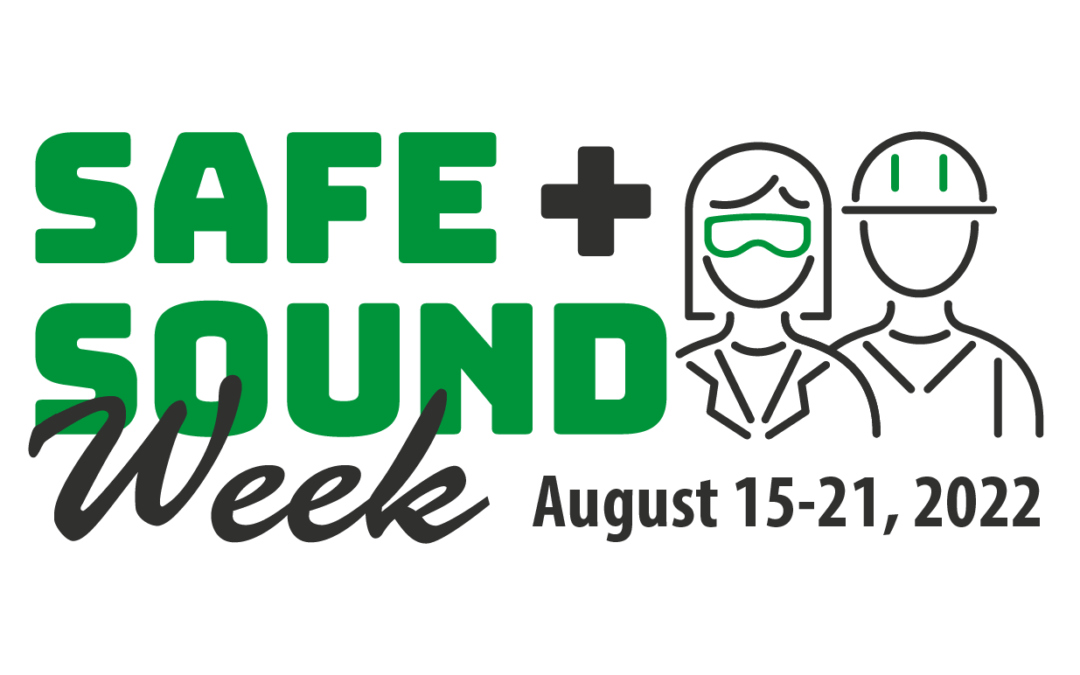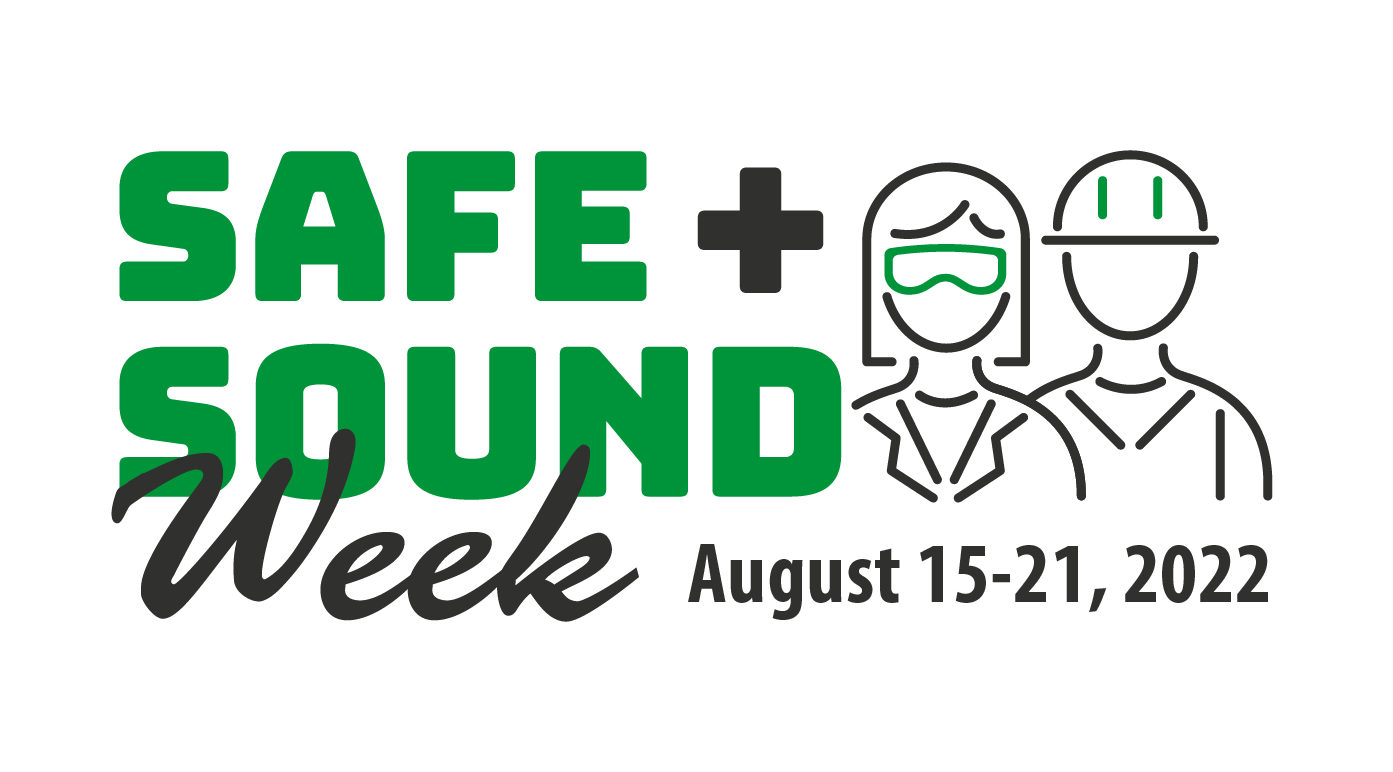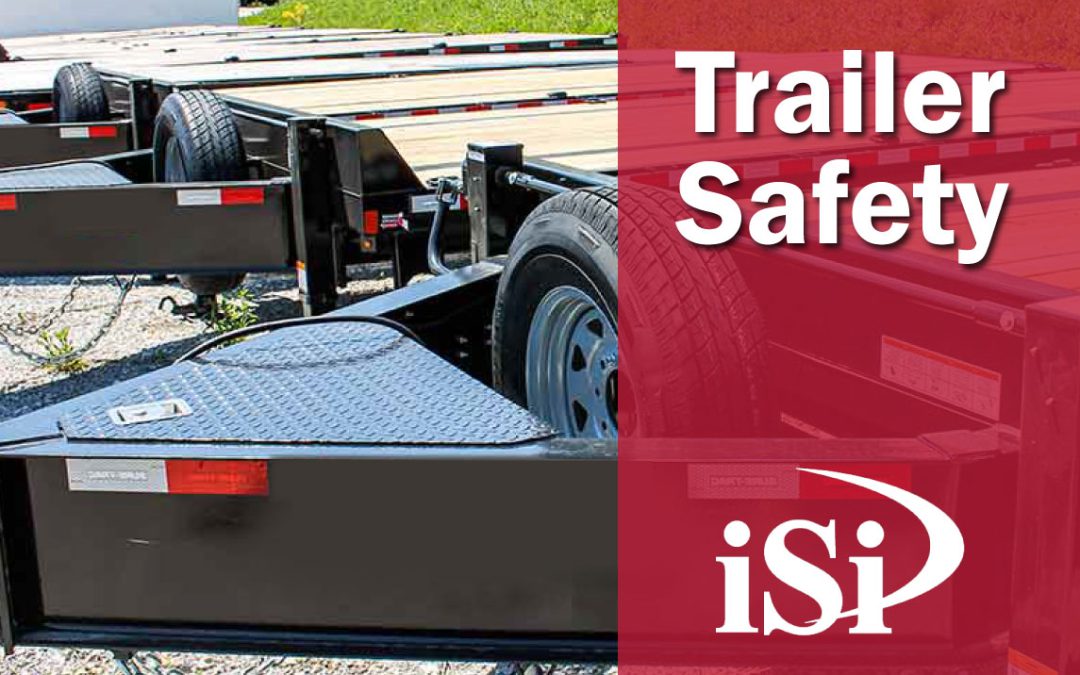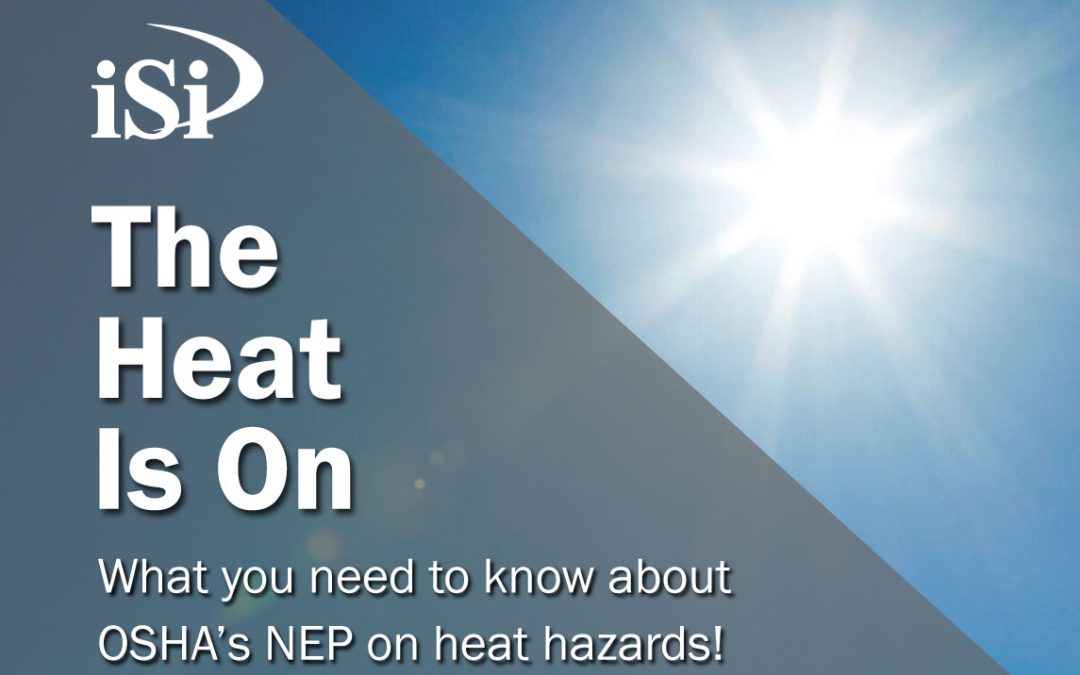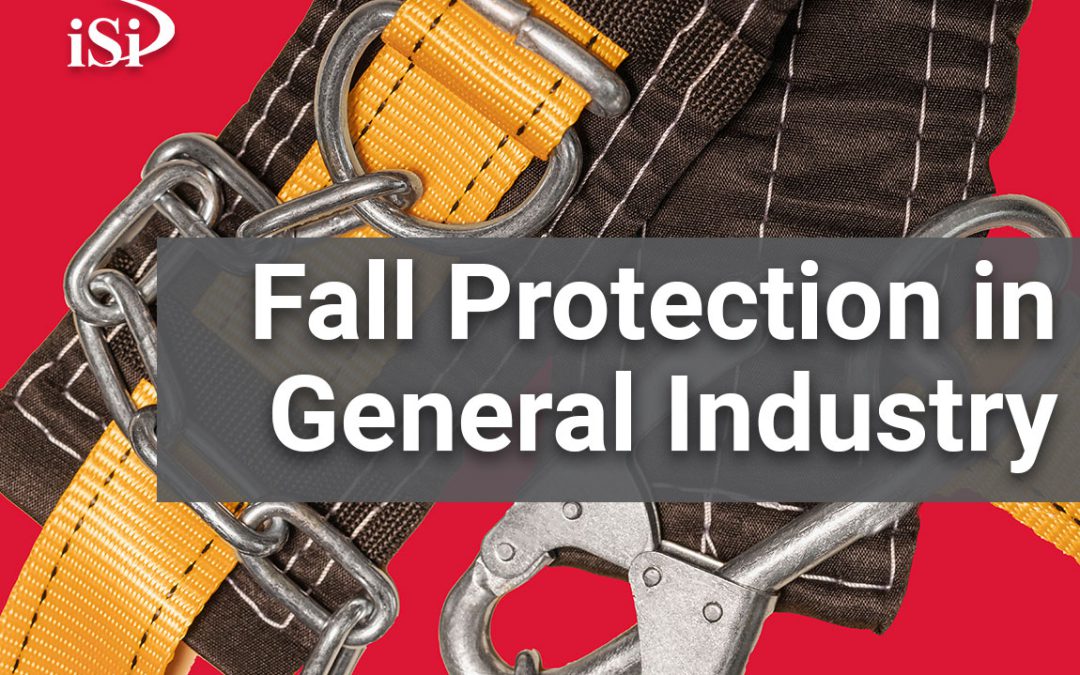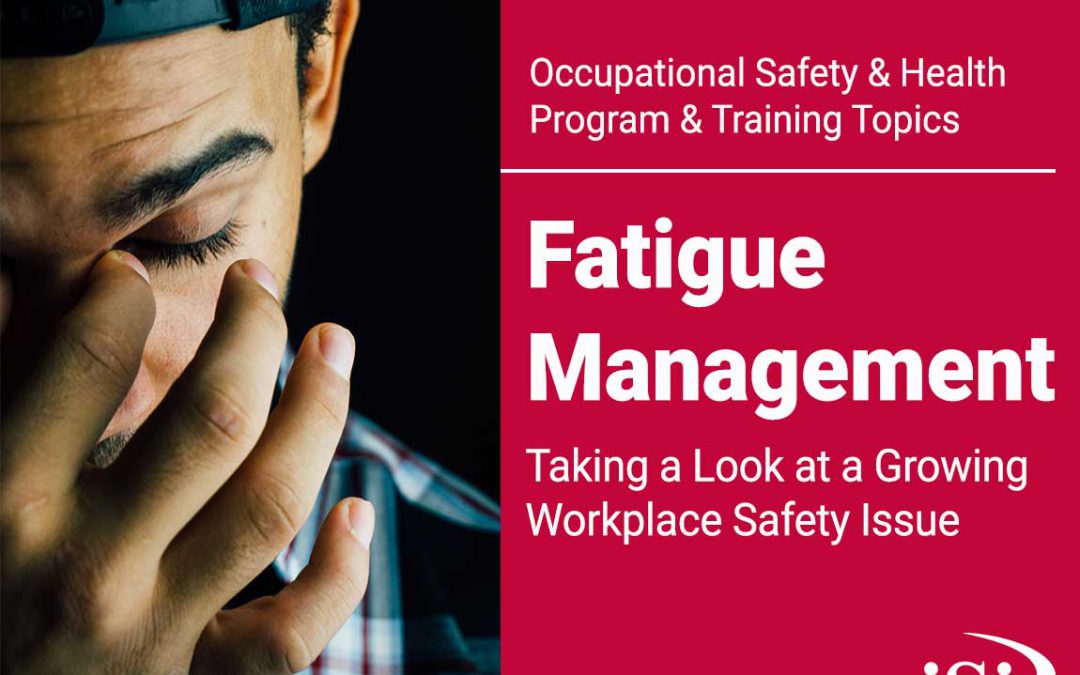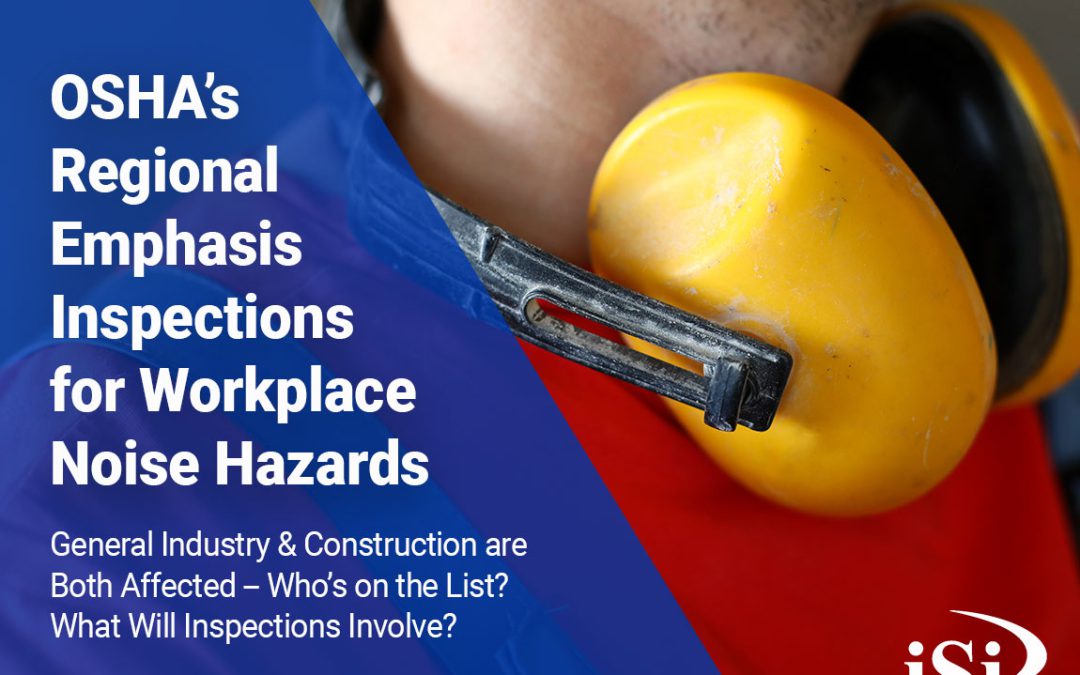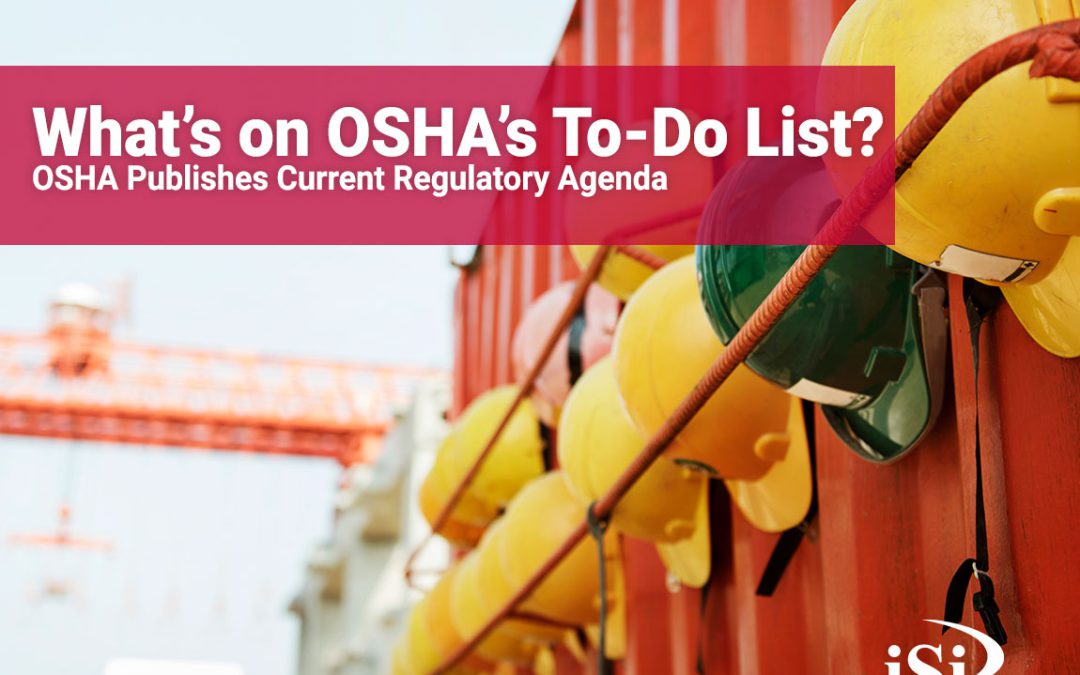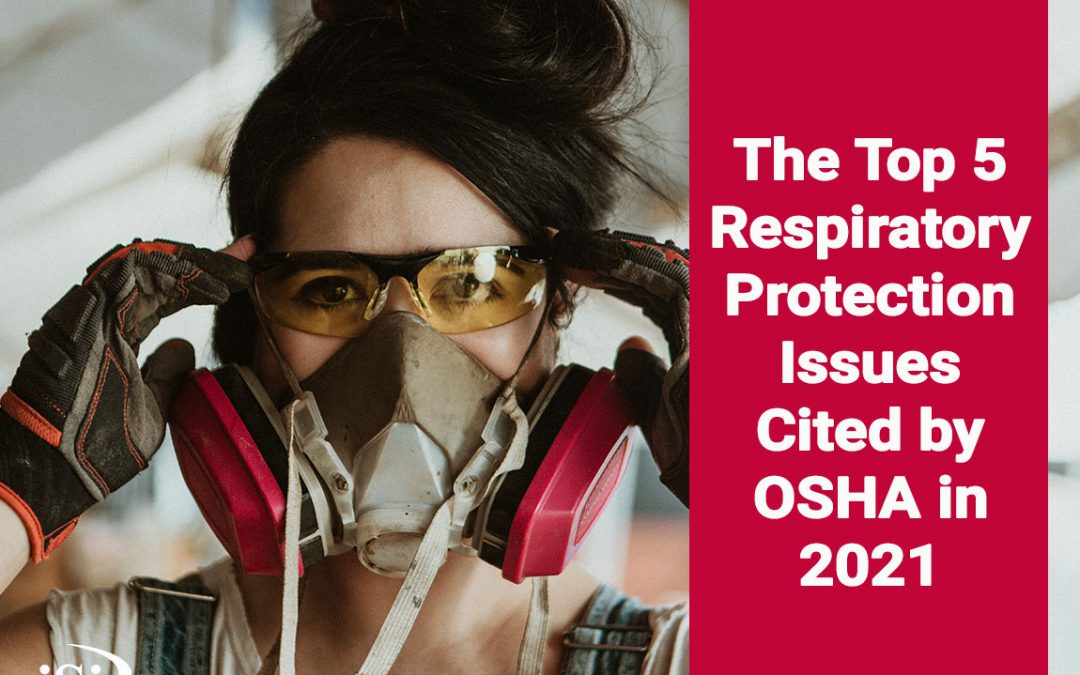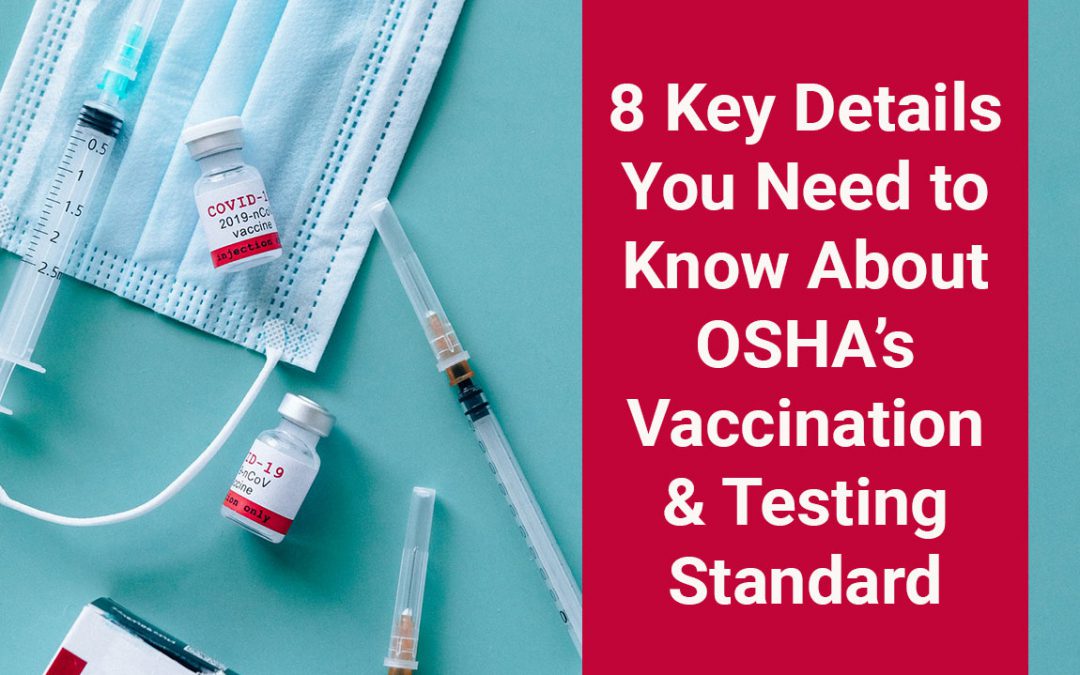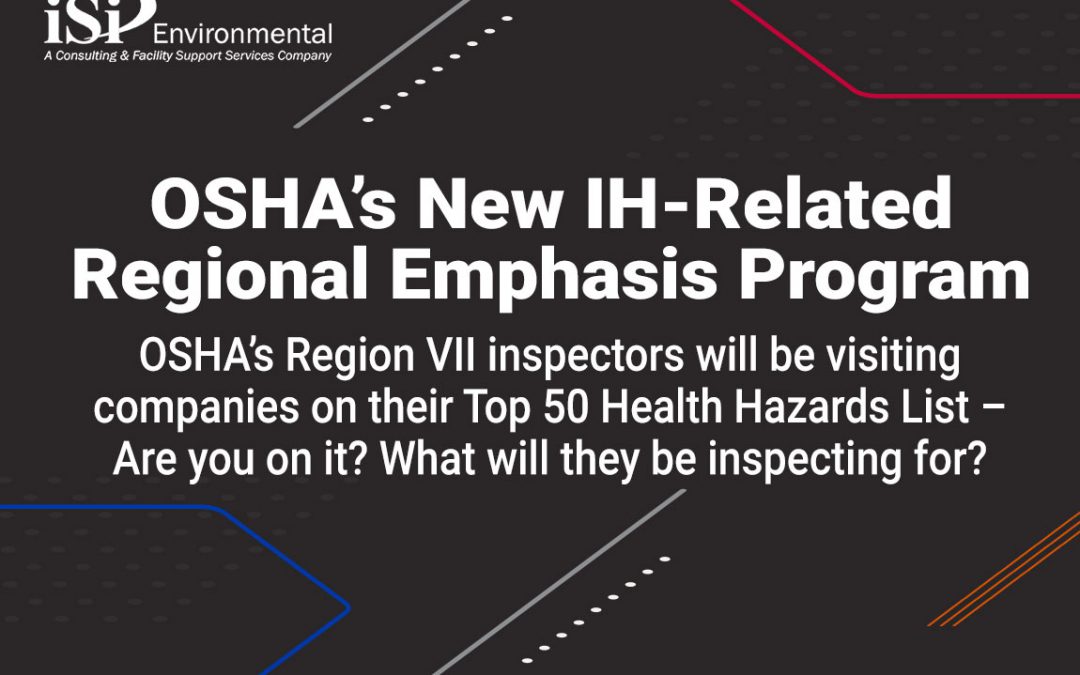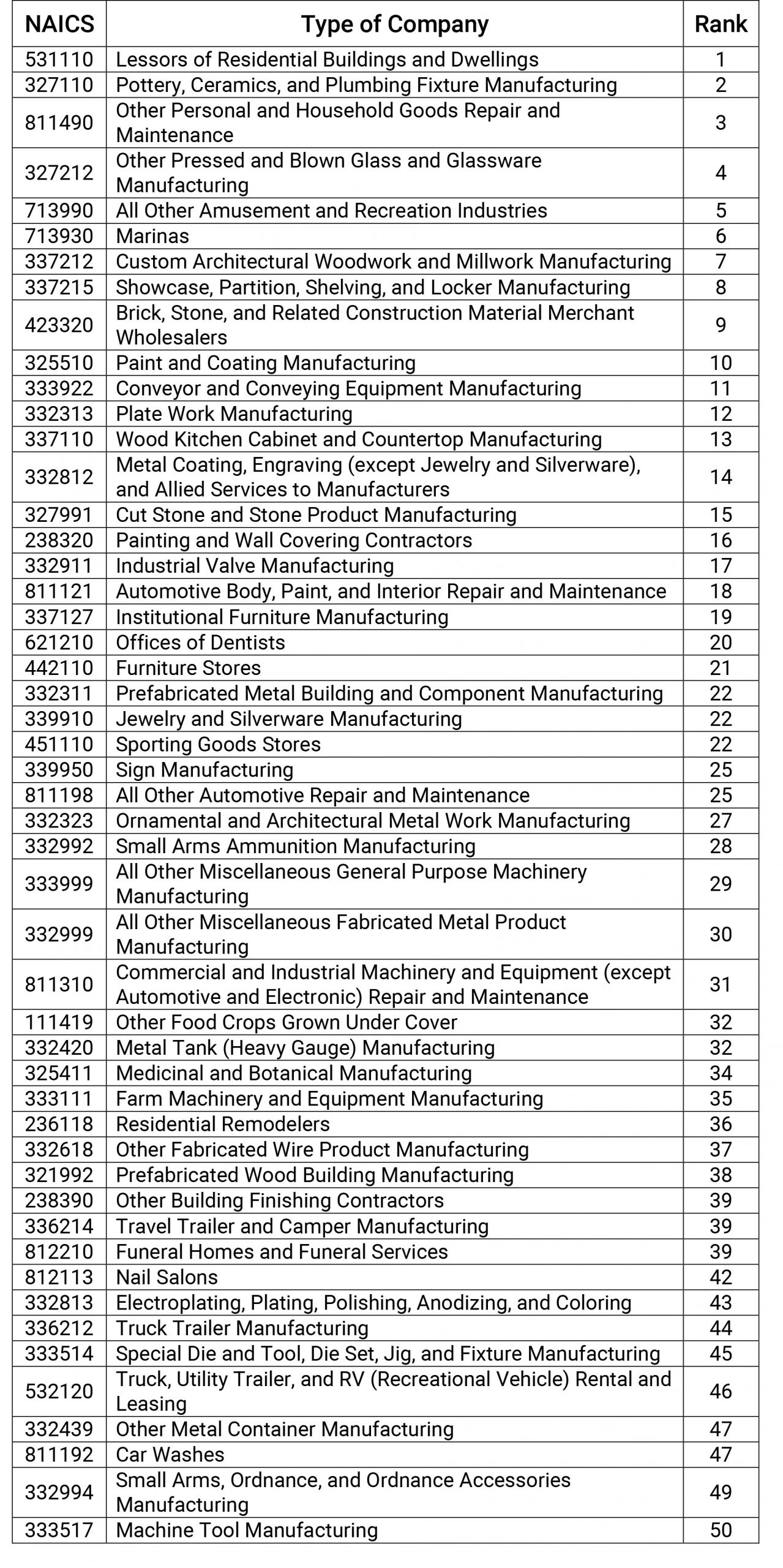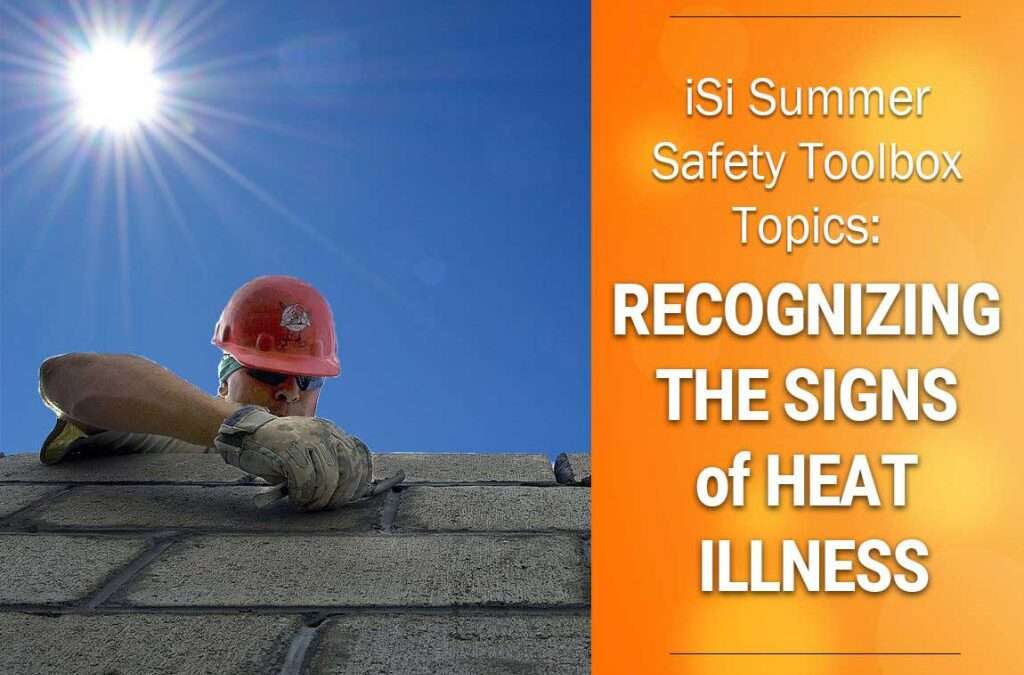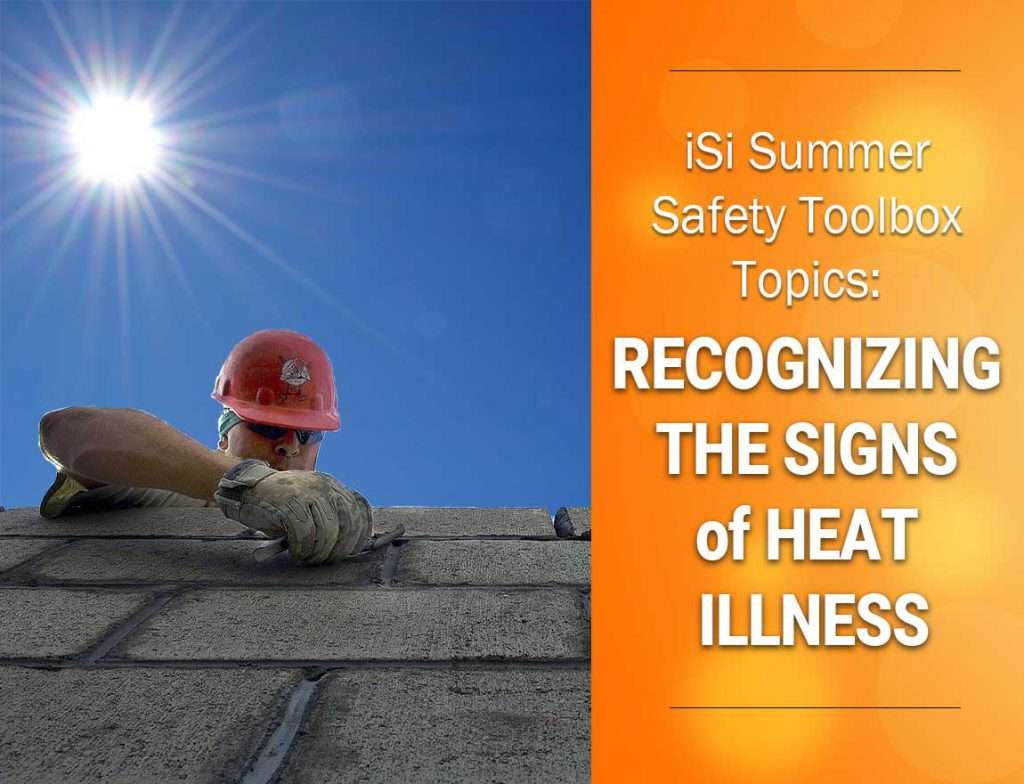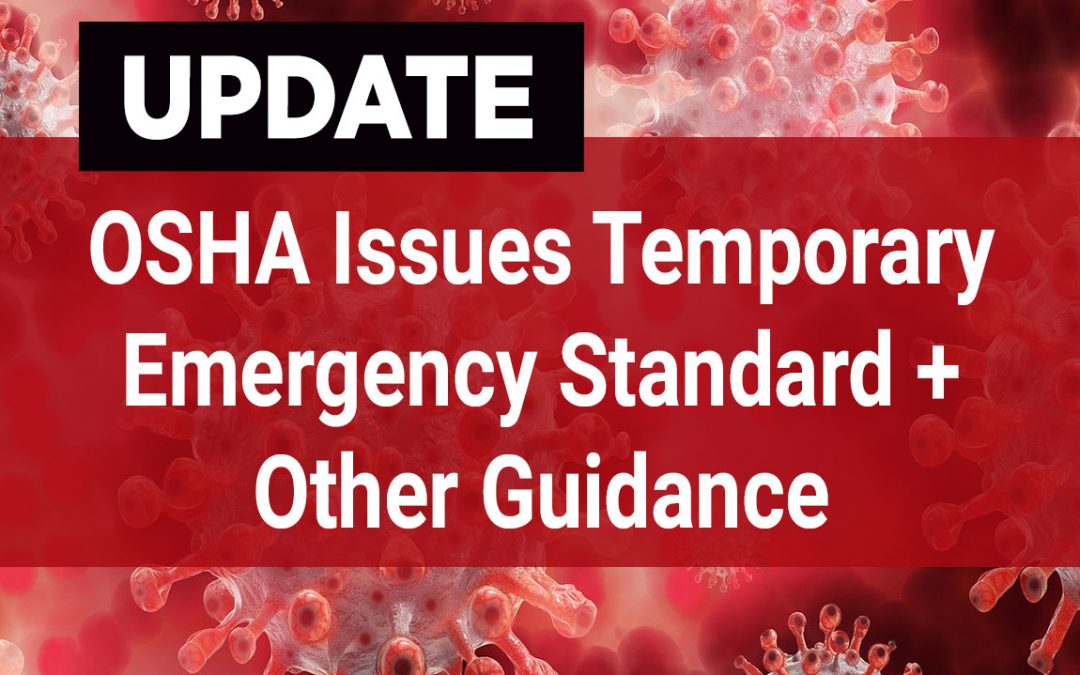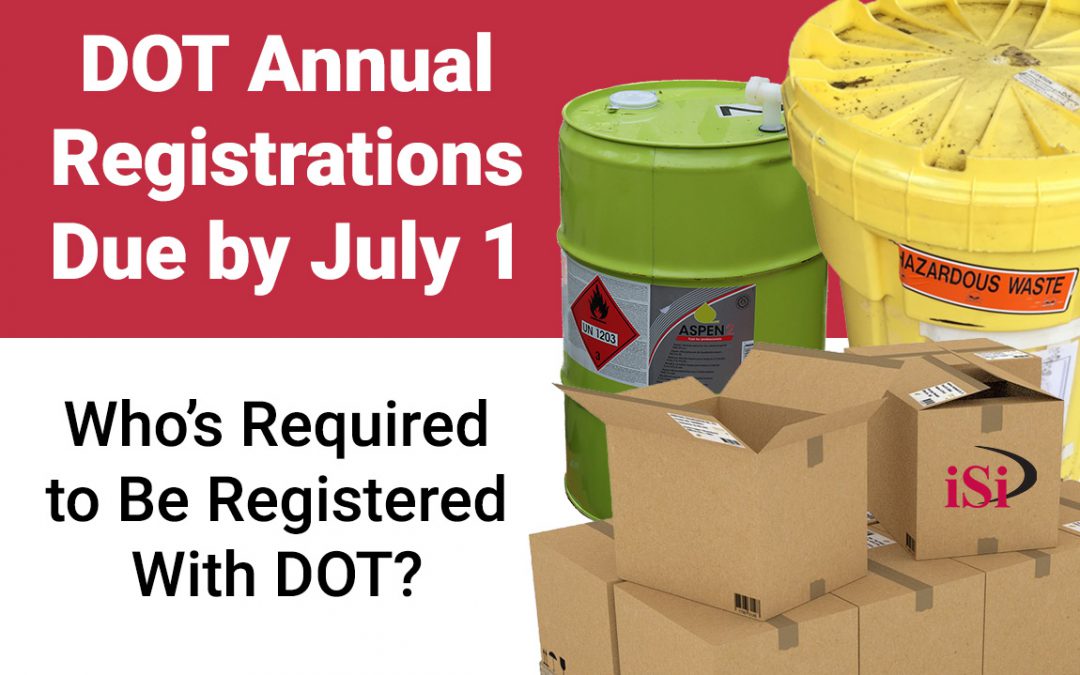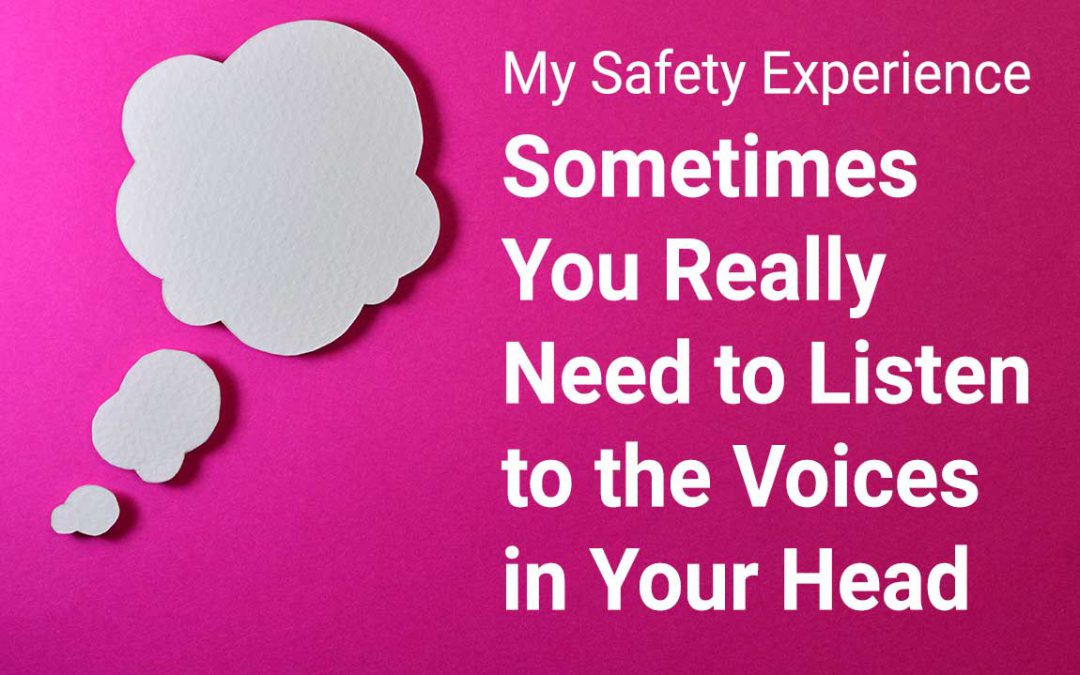iSi works with a number of different companies, and when we see results of regulatory inspections, we like to use them as examples to perhaps help give other companies some insight into what to do with their own compliance. Quite a few companies are subject to OSHA’s Hexavalent Chromium Standard for either General Industry or Construction, so many that OSHA has had a National Emphasis Program for this for quite a few years.
The types of operations with hexavalent chromium exposures include:
- Manufacturing of Aircraft, Stainless Steel, Paint, Chemicals, or Pre-Cast Concrete
- Metal Finishing and Preparation
- Electroplating
- Painting or Sanding of Painted Parts
- Welding of Stainless Steel
- Iron and Steel Mills and Foundries
- Printing
- Construction
- Chemical Mixing
- Waste Handling
- Tanning Leather
- Handling Catalysts
OSHA Inspection Case Study
A metal finishing company that iSi works with has been working to comply with the hexavalent chromium standard, having iSi conduct their quarterly monitoring and issuing employee notices while the company handles the other elements of the program. After an employee complaint, OSHA arrived onsite to look at hexavalent chromium compliance. This is the type of company already on OSHA’s target list for the emphasis program. The result of the inspection was three violations of the standard.
The first violation was for not having required change rooms. The company did have a locker area for the employees to change at, and it was in a separate area behind their 3 paint booths. OSHA found fault with this because there was no demarcation between where the paint booths ended, and the clean room began. The contaminated portion wasn’t clearly marked. There also wasn’t separate storage for protective clothing vs. street clothes, only the lockers. A second violation was cited for this area because there was no sink in the immediate area for washing. OSHA decided the sink that was being used to clean up was too far causing potential contamination to areas outside the regulated area. These two items were cited together since they were part of the same portion of the standard, and the original fine was at a Serious level for $8,192.
The third item was a citation for finding hexavalent chromium in the break area. There are no set limits on the amount of hexavalent chromium that can be found on surfaces. Wipe samples indicated levels of 0.05 µg/m3, a very low level detected. However, it was still enough to be detected and the company was fined for a Serious violation at $5,461.
The total fine was $13,653, which is OSHA’s minimum fine amount for any Serious violation. With many violations, the company was given a chance to reduce the fine through an Expedited Informal Settlement Agreement, still leaving a violation of over $8,000.
So what are the hexavalent chromium standard’s rules for General Industry and Construction?
The Rules – General Industry
29 CFR 1910.1026
The permissible exposure limit (PEL) for hexavalent chromium is 5 micrograms per cubic meter (5 µg/m3) in an 8-hour time weighted average (TWA). There is also an Action Level that triggers parts of the standard that begins at 2.5 µg/m3.
Make an Exposure Determination
Companies are required to make an Initial Exposure Determination by conducting employee exposure sampling to determine your exposures, including enough breathing zone samples to characterize a full shift, do representative sampling for each shift the exposure can occur using the employee with the greatest potential exposure, or use other air monitoring, historical data and performance-oriented sampling. If the results are at or above the Action Level, periodic monitoring is required every 6 months, and if they’re above the PEL, monitoring is required quarterly. Notify your employees within 15 business days of the results of monitoring, and if you’re above the PEL, you need to include what corrective action is being taken.
You’re not allowed to rotate employees’ job assignments in order to not meet the PEL requirements.
Establish Regulated Areas
Formally establish the area where employee exposures can be expected above the PEL and then clearly demarcate and label that area from the rest of the workplace to alert employees of its boundaries. Limit access to this area to only authorized personnel. Regulated Areas can not be used for eating, drinking or smoking nor can any of these items be taken into a Regulated Area such as a pack of gum or cigarettes in an employee’s pocket.
Engineering Controls and PPE
Your first responsibility is to use engineering controls where possible, and if not feasible, reduce the levels as low as you can and then use personal protective equipment (PPE), such as respirators. The aircraft industry is required to use engineering/work practice controls to reduce exposures to at least 25 µg/m3. If employees are not exposed for more than 30 days/year, then this requirement does not apply.
Protective Clothing and Equipment (PPE)
Contaminated PPE and other waste and debris must be removed at the end of the shift or completion of tasks and placed into sealed, impermeable bags or containers. No PPE leaves the workplace and can be laundered as long as those who are laundering are alerted to the harmful effects of hexavalent chromium, that it cannot become airborne and requires minimal skin and eye contact. Remove contaminated PPE from the change rooms and ensure these bags and containers are properly labeled per Hazard Communication requirements. PPE cannot be shaken or blown down to remove the dust.
Also, for EPA purposes, all waste material needs to have a waste determination and any debris or waste may be considered hazardous due to the chromium levels. Make sure you have a determination for these materials.
Hygiene Areas
Provide changing rooms with separate storage for contaminated clothes and equipment and the employees’ street clothes. Provide washing facilities, with employees washing prior to eating, drinking, smoking, chewing tobacco/gum, applying makeup or using the restroom. Employees are not to do these activities within the marked off regulated area. Any eating or drinking areas need to be as free of hexavalent chromium as practicable, and employees are not to wear contaminated clothing/equipment in those areas.
Housekeeping
All surfaces need to be as free as possible of hexavalent chromium. Clean using wet methods or HEPA vacuums first, and only use dry shoveling/brushing/sweeping where the HEPA vacuum wasn’t effective. No compressed air can be used to blow the dust.
Initial and Annual Medical Surveillance
Employees who exceed the Action Level must be provided, at no cost to the employee, initial and annual medical surveillance for those with the following situations:
- Greater than 30 days of exposure (within 30 days for initial, then annually)
- Exposure in an emergency (within 30 days)
- Those exhibiting symptoms of exposure (within 30 days)
- Those terminated (if exposed within past 6 months)
Hazard Communication (Hazcom) and Training Requirements
Include hexavalent chromium in your Hazcom program, including container labeling, SDSs, and training. Training for hexavalent chromium needs to include all of the requirements of the standard as well as provisions for medical surveillance.
Recordkeeping
You must keep records of your air monitoring data (who – names and job positions, when, where, method used, results, PPE used, other data used) as well as medical surveillance records and training records.
Most Hexavalent Chromium Exposures – General Industry
Electroplating – Hard chrome plating, decorative chrome plating, anodized chrome plating when placing and removing products into and from the bath, rinsing with water, and replenishing bath with chromate solution or powder.
Welding – Welding stainless steel, welding in confined spaces on stainless and carbon steel, indoor welding without engineering controls. Exposures come from welding fumes generated from the base metal and applied coatings, electrode coatings, high-chromium nickel alloy electrodes and chromium-containing filler metals.
Painting – Spray painting, abrasive blasting for the removal of chrome containing paint/primer, sanding or grinding on chrome-covered materials. Hexavalent chromium found in paint include strontium chromate and zinc chromate, and even the blasting grit will contain paint waste-containing chrome.
Foundries, Steel Mills, Molten Metal Operations — Furnace and crane operations, molten metal pouring and transfer, tapping, surface conditioning, hot rolling, torch cutting and gouging, and welding.
The Rules – Construction
29 CFR 1926.1126
The hexavalent chromium rules for the construction industry are pretty much the same as those in general industry, with the following exceptions:
- Employee notices of monitoring must be provided to employees within 5 days rather than 15
- The sections on Regulated Areas and Housekeeping are not included in the construction standard.
Most Hexavalent Chromium Exposures – Construction
Painting and Surface Operations – Removal of chromate-containing paint and primer for surface preparation of existing steel (bridges, water towers, and industrial buildings), abrasive blasting and equipment maintenance for site cleanup following abrasive blasting.
Welding and Thermal Cutting – Welding stainless steel and welding in confined spaces or indoor conditions, for both stainless steel and carbon (mild) steel (industrial piping and vessels; architectural facades; constructional structures; boilers; indoor architecture; petrochemical structures; shipbuilding; and turbine blades.), brazing, thermal cutting and boilermaker work.
Concrete Operations – Certain mixes, such as Portland Cement, are know to contain hexavalent chromium and operations such as mixing, pouring or cutting dry cement may release the chromium to the air and become a breathing hazard.
What does your hexavalent chromium area look like? Are you following the regulation requirements and monitoring your employees? iSi works with many companies who are required to comply with this standard, so we’re well versed in how to help. Contact us today!
